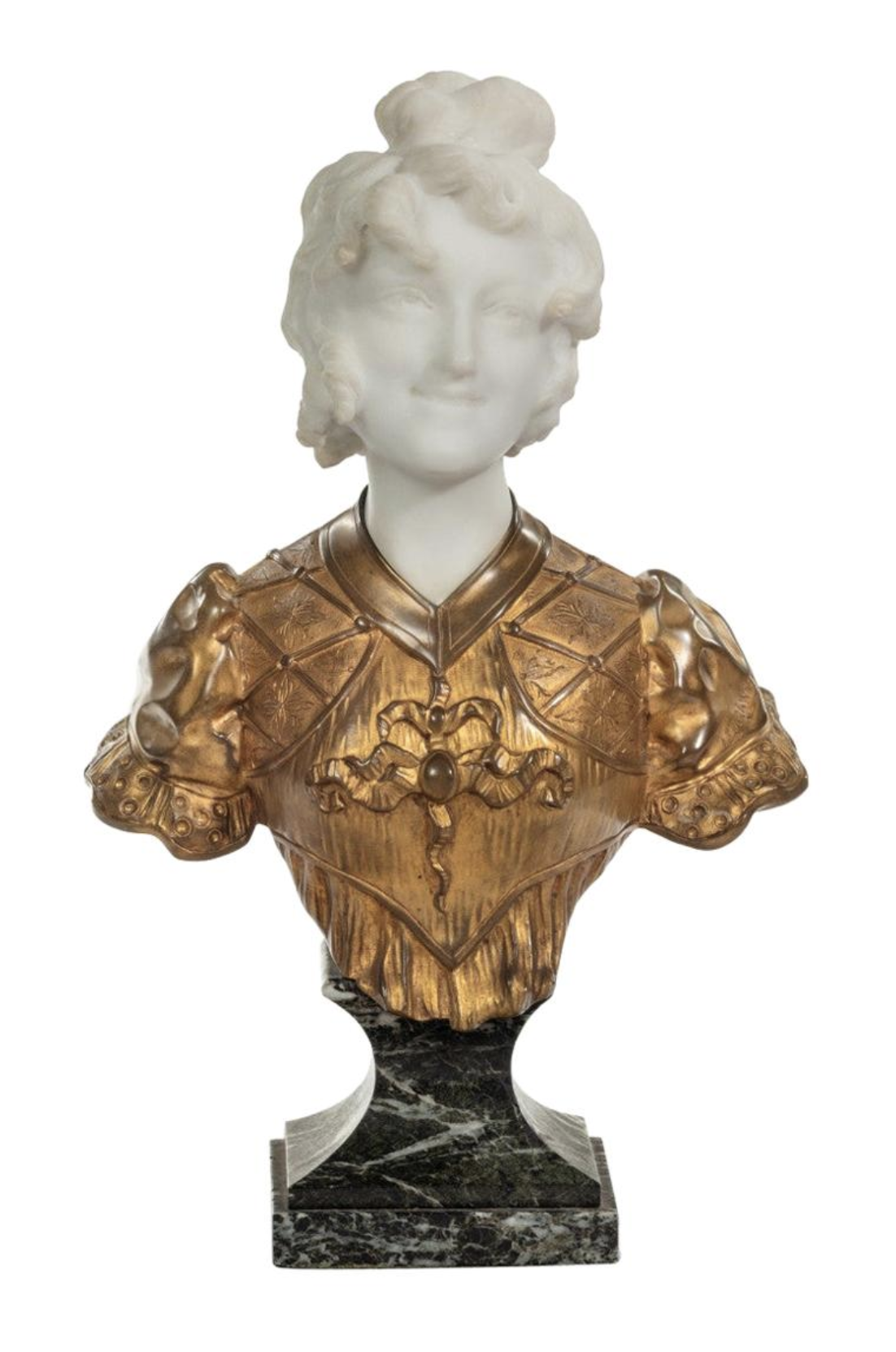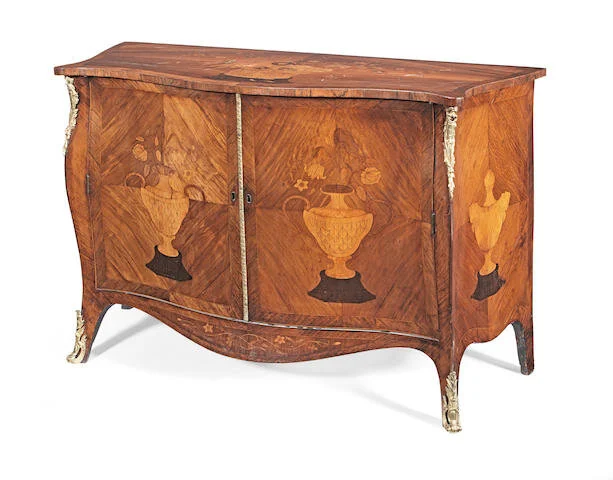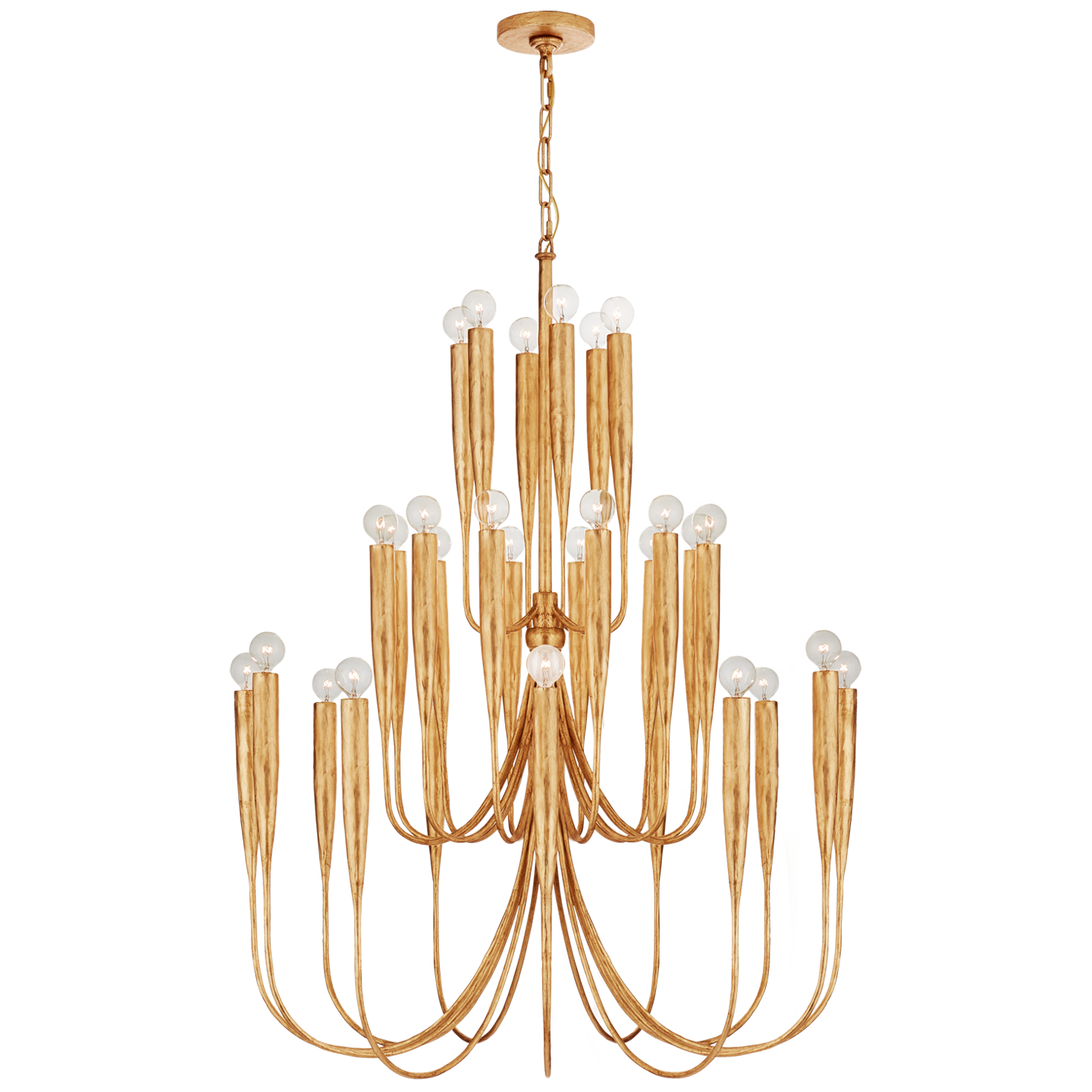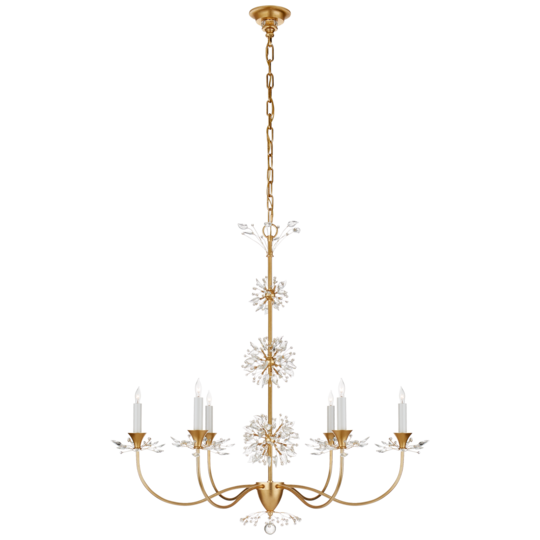By Quinn Riley
There is something absolutely magical about the discovery of an antique piece with an elaborate history. The story of Ormolu, a method of gilding that dates back to the 18th and 19th centuries, helps uncover the rich narrative of beloved furnishings and objects of art. Derived from “or”, french for “gold”, and “molu”, french for “ground”, the Ormolu technique is also sometimes referred to by the French as Bronze Doré. Not only do true ormolu pieces bring beauty and opulence to the spaces that they touch, they also carry a great sense of history. While authentic ormolu pieces are housed around the world in many of the great art museums, you can also find myriad items available for individual purchase. Pictured to the right is just one example that struck our fancy: an 18th century marble and ormolu bust by Marionnet available on 1stDibs.
18th and 19th century ormolu describes a process in which a mixture of mercuric nitrate was applied to a bronze item, followed by a coating of powdered gold. The furnishing was then thrown into a kiln, at a temperature that would vaporize the mercury, leaving the desired product -truly luxurious ornamental mountings for the finest of furniture and decor. Sadly, many ormolu craftsmen did not live past their 40s as a result of the mercury exposure from this traditional process.
Pictured above is an Ormolu Mounted Bombé Commode, made with Rosewood, Satinwood, and Fruitwood, accented with floral marquetry.
Due to its dangerous nature, there are few specific figures that historians can identify in ormolu’s history. Charles Cressent, a renowned cabinetmaker of the 18th century, is often remembered for his ormolu sculptural mounts. In fact, his somewhat infamous reputation was created out of defiance against France’s strict guild regulations at the time of his career. Established during the Middle Ages, the furniture-making guild, known as the “Corporation des Menuisiers” represented a process in which several craftsmen were involved in the production of each piece of furniture. The Corporation des Menuisiers was made up of three distinct roles - the boiserie, known as the wooden panelist, the menuisiers, those who made solid wooden furniture, and the ebenistes, the detailed castors for the gold finish. Although Cressent was only trained in cabinetry and sculpting, he produced ormolu gilded-bronze mounts in his studio. This endeavor was strictly against guild regulations and repeatedly resulted in legal trouble for Cressent in France, becoming a target of various members within the Corporation des Menuisiers guild. Damn, we love a good creative rule-breaker!
How beautiful are these delicate ormolu pieces? Pictured above is an Antique French Porcelain and Ormolu Jewelry Casket alongside an Art Nouveau Ormolu Mounted Glass Jardinière.
Ormolu is emblematic of the beauty and extravagance behind the great pieces of the Rococo Baroque movement, a period in European history known for elaborate ornamentation and fanciful forms. These forms often represented love--imagery of birds, leaves, orange blossoms, angels, arrows, and flowers. Authentic ormolu sculptural mounts today are most commonly identified on clocks, dressers, and other cabinetry. Oftentimes, mounts were used on the weakest part of the furnishing, such as the cabinet legs or handles, to serve as both an added twist of beauty as well as needed structural support.
This Pair of First Empire Period Ormolu Sconces is a great example of the arrow imagery that is commonly associated with traditional ormolu.
The traditional process of creating pieces finished in ormolu was finally banned, as the health risks imposed by the toxic fumes were far too dangerous. Today, there are popular alternative methods to “true” ormolu, resulting in similarly eye-stopping furnishings. Electroplating, the chemical process of layering metallic objects with gold, is far more affordable and less health-adverse. Used as another option for ormolu-”esque” mountings, silver-gilt, also known as vermeil, is commonly used as an alternative to solid gold jewelry and other ornamentations. Vermeil is created with Pomponne, a blend of copper, zinc, and sometimes tin. Because of this blend, Pomponne is technically brass, therefore the word is commonly used to describe imitation gold.
Modern uses of the term “ormolu” are quite vast, oftentimes describing any gilded object. While perhaps these items do not reflect the original process, they do depict the intricate golden details of the 18th and 19th centuries. Decor painted or finished with gold tones adds a beautiful, rich quality to any space. There are numerous modern-day pieces that can bring this gold-tone into a space. Below are some of our favorite lighting options that remind us of great ormolu pieces of the past.
Can’t get enough of these gold tones? Check out this incredible hand-painted wallcovering by one of our favorite lines, Fromental (available to-the-trade through our showroom).
So what do you think?! Could ormolu or its more modern replacements have a place in your home? We personally love the look of gilded objects, albeit in a much more sparing way than 18th century ornamentation!
ABOUT PROVENANCE // Provenance offers a scholarly nod to the history of iconic styles in textile & design. At CLOTH & KIND, we enjoy drawing inspiration from a range of cultures and traditional methods. Previous Provenance topics include: Kuba Cloth, Kasuri, & Toran.












